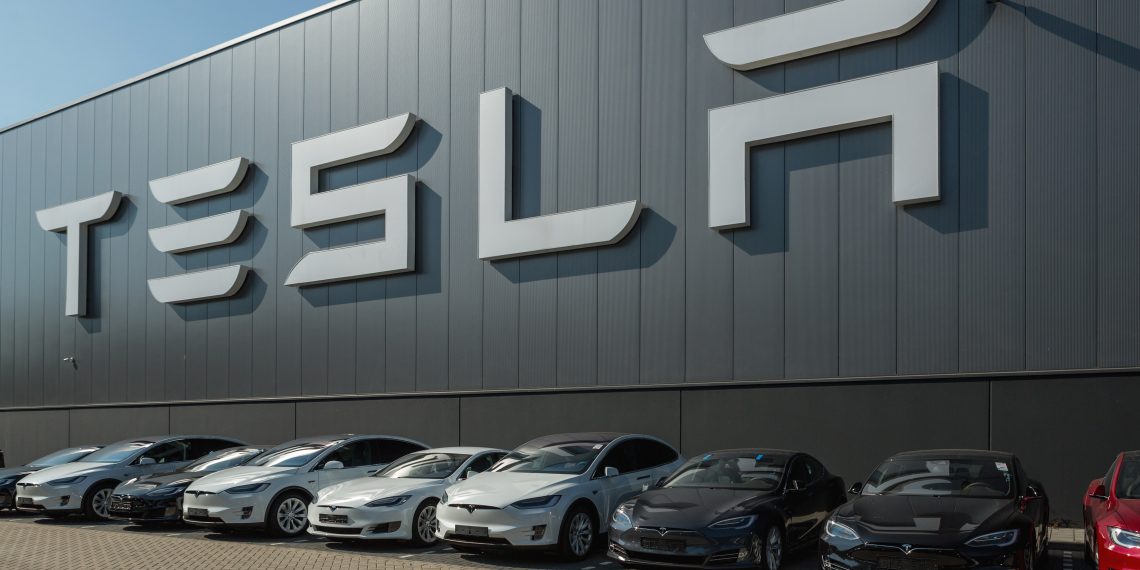Tesla Reassesses Gigacasting Amidst Competitive EV Sphere: Inside sources disclose that Tesla has scaled back on its gigacasting ambitions, a move interpreted as an adaptation to the softening electric vehicle market and rising competition.
The gigacasting method, which involves enormous presses to create extensive car underbody parts, once stood as a testament to Tesla’s manufacturing innovation. The company’s original plan was to mold the whole vehicle underbody in one piece, aiming to make production more efficient and considerably cut costs.
Nonetheless, Tesla has reverted to a tried-and-true process, assembling underbodies in three segments. The front and rear are gigacast, while the middle section combines aluminum and steel frames to support the battery system. This strategic pivot is in line with a conservative stance Tesla is taking in the face of challenges such as a decrease in EV demand and intense rivalry from Chinese EV companies like BYD.
The departure from the one-piece gigacasting reflects broader cost-reduction efforts by Tesla as it confronts declining sales and profit margins. The company is now concentrating on refining autonomous driving technology over solely expanding EV sales.
The cessation of the one-piece gigacasting initiative predated the discontinuation of the anticipated Model 2, a budget-friendly vehicle intended for a 2025 launch. Tesla now plans to produce more cost-effective models using its existing platforms and lines. While not completely abandoning its compact vehicle platform, Tesla plans to utilize it for a future self-driving robotaxi, with suppliers adjusting to the new three-piece casting approach.
The decision to step back from one-piece gigacasting is largely to prevent expensive setbacks and production hurdles, especially after dropping the Model 2 project. Although gigacasting has the potential to trim long-term expenses, it demands hefty initial investments and is technically demanding to execute flawlessly.
Industry observers consider Tesla’s conservative gigacasting strategy a practical move, given its past challenges with timely complex vehicle launches. The company’s current focus is to remain competitive against Chinese EV manufacturers who are leading the low-cost EV market, rather than being the vanguard of manufacturing innovation. Tesla’s strategic shift in gigacasting practices highlights the intricate balance and compromises necessary to navigate the ever-shifting terrain of automotive advancements.









